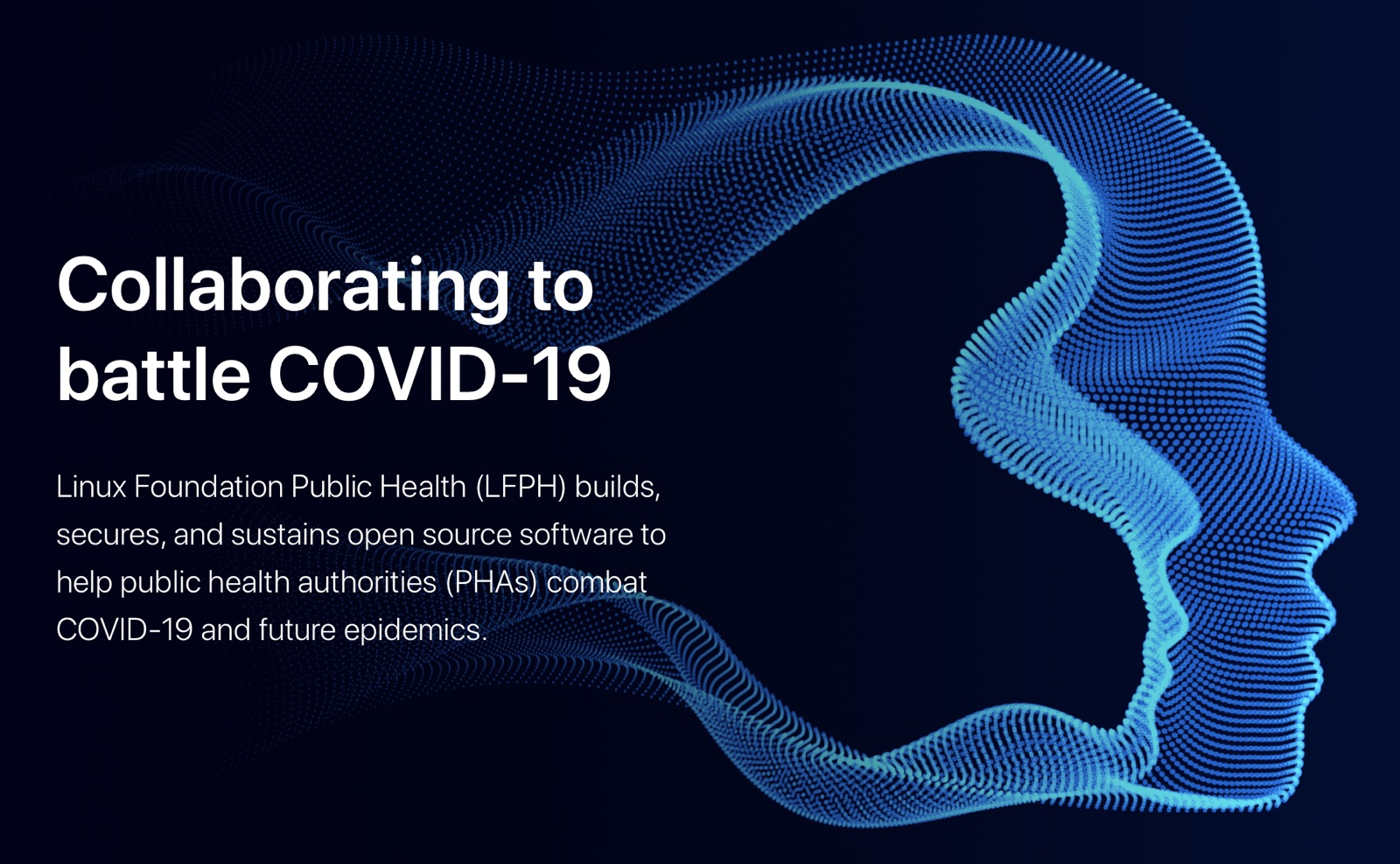
The Linux Foundation today announced the launch of a new Linux Foundation Public Health Initiative (LFPH) (via TechRepublic) that uses open source technologies including Apple and Google's Exposure Notification API to help public health authorities combat COVID-19.

The LFPH includes Cisco, doc.ai, Geometer, IBM, NearForm, Tencent, and VMWare, and is launching with two exposure notification projects: COVID Shield and COVID Green.
COVID Shield and COVID Green are apps that use the Apple and Google-designed privacy-focused exposure notification API, with the apps rolling out in Canada, Ireland, and some U.S. states.
COVID Shield, developed by a volunteer team at Shopify, is in the process of being deployed in Canada, while COVID Green was developed by a team at NearForm as part of the Irish Government's response to the pandemic. Both of the apps are being made available to public health authorities around the world to use and customize to create their own contact tracing apps."To catalyze this open source development, Linux Foundation Public Health is building a global community of leading technology and consulting companies, public health authorities, epidemiologists and other public health specialists, privacy and security experts, and individual developers," said Dan Kohn, LFPH general manager. "While we're excited to launch with two very important open source projects, we think our convening function to enable collaboration to battle this pandemic may be our biggest impact."
Apple released its Exposure Notification API in May 2020 with the launch of iOS 13.5, but the API, designed in partnership with Google, has not yet seen wide adoption. Switzerland, Latvia, Italy, Germany, Poland, Saudi Arabia, Ireland, and Denmark have launched contact tracing apps that use the API so far.
Some states like Alabama, North Dakota, and South Carolina are working on a contact tracing app, but no apps using the Apple and Google API have been released in the U.S. so far. Contact tracing is believed to be of value as it is designed to let people know when they've been exposed to COVID-19 so they can quarantine themselves and cut down on the spread of the virus.
Article Link: Linux Foundation Launches COVID-19 Project to Help Health Authorities Make Apps With Apple's API


